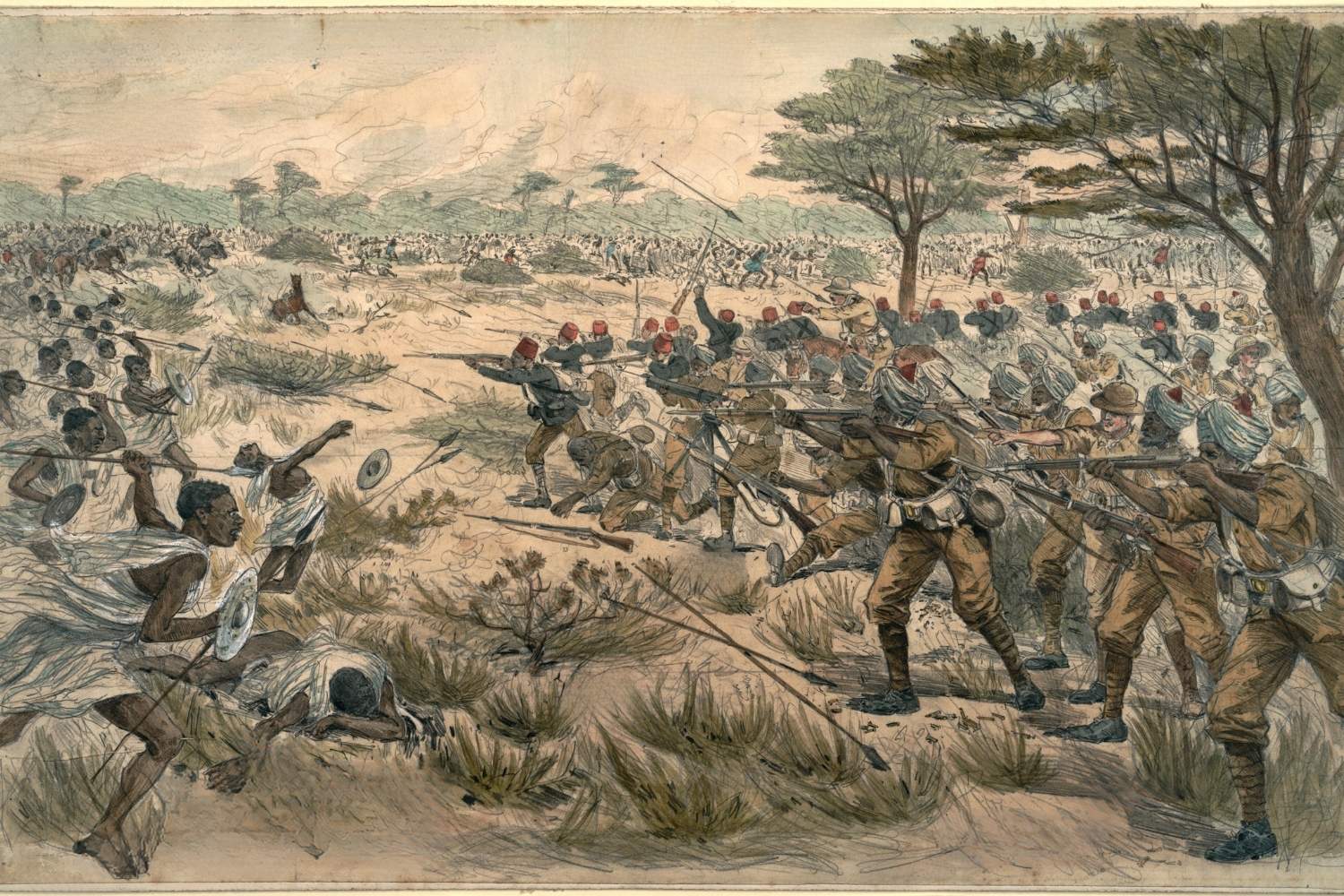
Somaliland is a self-declared state, internationally considered an autonomous region of Somalia. Despite its lack of widespread recognition, it has maintained a stable government, democratic elections, and its own currency since declaring independence in 1991. Did you know that Somaliland has its own flag and national anthem? This region, rich in history and culture, boasts a unique blend of traditions and modern governance. From its bustling markets in Hargeisa to the ancient rock art at Laas Geel, Somaliland offers a fascinating glimpse into a resilient and vibrant society. Curious about more intriguing facts? Dive into these 25 captivating details about Somaliland's campaign for recognition and its remarkable journey.
Key Takeaways:
- The Somaliland Campaign was a historic conflict in the early 20th century between British and Italian forces and the Dervish State. It shaped Somali nationalism and showcased the challenges of colonial rule in Africa.
- The use of technology, combined arms tactics, and the enduring cultural impact of the Somaliland Campaign continue to be studied and remembered, offering insights into colonial and anti-colonial dynamics in Africa.
The Somaliland Campaign: An Overview
The Somaliland Campaign was a series of military operations in the early 20th century. It involved British and Italian forces against the Dervish State led by Mohammed Abdullah Hassan. Here are some fascinating facts about this historical conflict.
Early Beginnings
The roots of the Somaliland Campaign trace back to the late 19th century. Understanding its origins helps grasp the complexity of the conflict.
- The campaign began in 1900 when British forces first clashed with the Dervish State.
- Mohammed Abdullah Hassan, also known as the "Mad Mullah," led the Dervish forces.
- The Dervish State aimed to resist colonial rule and establish an independent Islamic state.
Key Battles
Several significant battles shaped the course of the Somaliland Campaign. These encounters were pivotal in determining the conflict's outcome.
- The Battle of Samala in 1901 marked one of the first major confrontations.
- The Battle of Jidbali in 1904 was a decisive victory for the British.
- The Battle of Dul Madoba in 1913 saw the Dervish forces inflict heavy casualties on the British.
British and Italian Involvement
Both British and Italian forces played crucial roles in the campaign. Their involvement brought international dimensions to the conflict.
- The British established a protectorate in Somaliland in 1884.
- Italy controlled neighboring Italian Somaliland, leading to their involvement.
- British and Italian forces coordinated efforts to suppress the Dervish uprising.
The Role of Technology
Technology played a significant role in the Somaliland Campaign. Innovations in warfare influenced the strategies and outcomes of battles.
- The British used Maxim guns, an early type of machine gun, to great effect.
- The Dervish forces employed guerrilla tactics to counter British technological superiority.
- The use of wireless telegraphy improved British communication and coordination.
Impact on Local Populations
The campaign had profound effects on the local populations. Understanding these impacts provides a fuller picture of the conflict's legacy.
- Many Somali clans were displaced due to the fighting.
- The Dervish State's raids disrupted local economies and trade routes.
- British and Italian forces recruited local auxiliaries, affecting clan dynamics.
The End of the Campaign
The Somaliland Campaign eventually came to an end, but its legacy continued to shape the region.
- The campaign officially ended in 1920 with the fall of the Dervish capital, Taleh.
- British forces used aircraft for the first time in Africa during the final assault on Taleh.
- Mohammed Abdullah Hassan fled to Ethiopia, where he died in 1921.
Legacy and Historical Significance
The Somaliland Campaign left a lasting legacy. Its historical significance continues to be studied and remembered.
- The campaign highlighted the challenges of colonial rule in Africa.
- It demonstrated the effectiveness of combined arms tactics, including airpower.
- The Dervish resistance became a symbol of Somali nationalism and anti-colonial struggle.
Cultural and Social Impact
The campaign also had cultural and social repercussions. These effects are still felt in Somali society today.
- Somali oral traditions and poetry commemorate the Dervish resistance.
- The campaign influenced Somali clan politics and alliances.
- The memory of the conflict contributes to Somali national identity.
Modern Reflections
Modern reflections on the Somaliland Campaign offer insights into its enduring relevance.
- Historians and scholars continue to study the campaign to understand colonial and anti-colonial dynamics in Africa.
The Final Word on Somaliland Campaign
The Somaliland Campaign holds a significant place in history. It was a series of military operations in the early 20th century, primarily involving British forces and Somali Dervishes led by Sayid Mohamed Abdullah Hassan. This campaign showcased the resilience and strategic prowess of both sides. The British aimed to establish control, while the Dervishes fought fiercely for their land and freedom.
Understanding these events helps us appreciate the complexities of colonial history and the enduring spirit of the Somali people. The campaign's legacy continues to influence the region's cultural and political landscape.
By learning about the Somaliland Campaign, we gain insights into the broader context of African resistance against colonial powers. This knowledge enriches our understanding of the past and its impact on present-day Somaliland.
Frequently Asked Questions
Was this page helpful?
Our commitment to delivering trustworthy and engaging content is at the heart of what we do. Each fact on our site is contributed by real users like you, bringing a wealth of diverse insights and information. To ensure the highest standards of accuracy and reliability, our dedicated editors meticulously review each submission. This process guarantees that the facts we share are not only fascinating but also credible. Trust in our commitment to quality and authenticity as you explore and learn with us.
